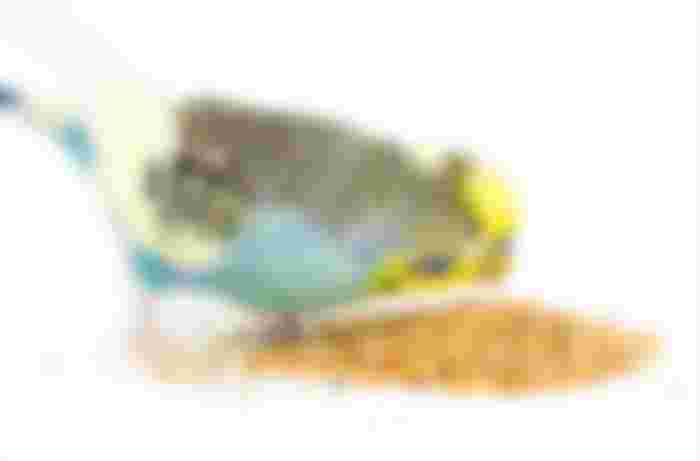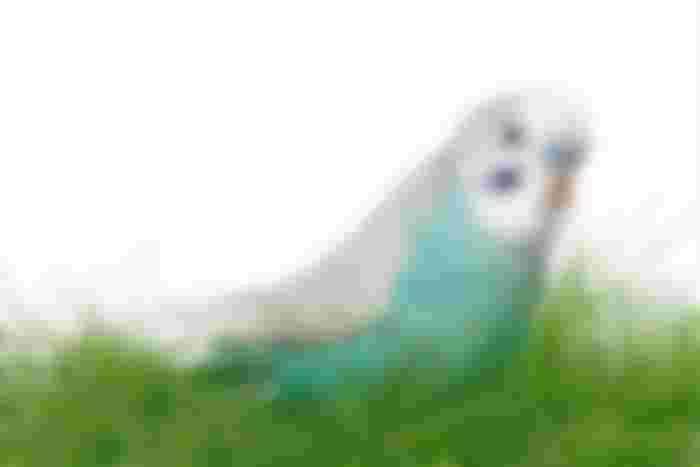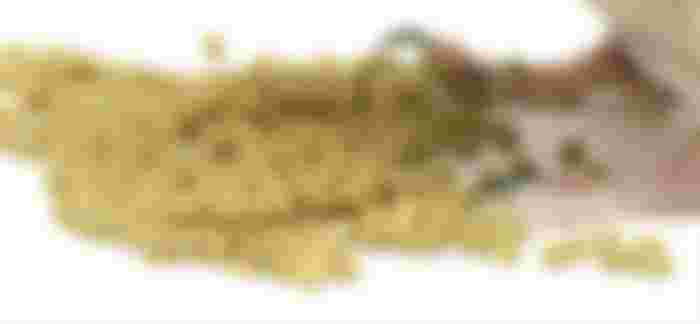Budgie Food List
Budgies have eclectic tastes, and can eat a wide variety of readily-available seeds, greens, vegetables and fruit. The key is balance, which is why many owners opt for a good mix of dry and sprouting seeds, and use the fresh foods as add-ons. If sourcing your own individual ingredients, or checking the contents of a seed mix, use the following lists as guidance. Always go for organic produce, as chemical residues can be harmful to budgies. Equally important, never mix your own budgie food without expert advice.
Budgie Seed
Most budgie owners buy a ready-made seed mix to feed their birds, which is fine as long as you can trust the supplier. Seeds need to be fresh, as they have a limited shelf life. Once this optimum time has passed, most of the nutrients will have disappeared. The same problem occurs if the seed has been exposed to direct light or too much heat. Herbicides and pesticides are an issue, too, so it’s important to know where the various ingredients of the seed mix came from in the first place, and under what conditions they were grown. To find a good seed source, ask around – search bird forums online, and speak with budgerigar breeders.
There is another handy way of judging the age of a batch of seed. Soak some grains in water for six hours, then pour away the liquid, place the grains on some wet cotton wool or kitchen paper, and leave them somewhere warm for another 24 hours. After this time, at least 50% of the grains should be starting to sprout. A really good batch will show 80-100% sprouting. If nothing happens after the 30 hours, and if you’re sure the seeds were kept moist throughout (essential for germination), you’ve got a dead batch of food that will leave your budgies malnourished.
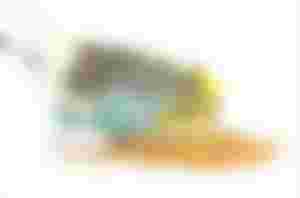
Treat the following as checklists and interesting background detail rather than a set recipe for concocting your own seed mixes.
Budgie Grains
Grass-derived seeds and grains are the budgie’s staple food in the wild, and should make up 50% of your pet bird’s intake. Our common corn crops of wheat, barley, rye and oats are all derived originally from wild members of the grass family. These should be included in a seed mix as fresh, threshed (hulled) grains – no pearl barley or rolled oats, and certainly no grain-based breakfast cereals, or anything roasted, soaked, baked or boiled. They can also be offered as sprays, giving the budgie some hard but pleasurable work getting through the tough husk to the grain beneath.
Here’s a fuller list of budgie-friendly grains:
Amaranth
Barley
Buckwheat (whole)
Canary seed
Oats
Quinoa
Rye
Sweetcorn kernels
Wheat
Budgie Grass Seeds
Grass is in the same category as grains, so combine it with the foodstuffs mentioned above to make up 50% of the feed. Most native wild grass seeding heads are good, and a free source of food for your pets. Learn to spot and harvest the following:

Many native grasses are good for budgies to eat
Annual meadow-grass (Poa annua)
Meadow foxtail (Alopecurus pratensis)
Orchard grass, aka cock’s-foot grass (Dactylis glomerata)
Perennial ryegrass (Lolium perenne)
Poverty brome, aka barren or sterile brome (Bromus sterilis)
Rough bluegrass (Poa trivialis)
Soft brome, or soft chess (Bromus hordeaceus)
Velvet grass (Holcus lanatus)
Timothy grass (Phleum pratense)
Yorkshire Grass, aka Meadow soft grass, velvet grass or tufted grass (Holcus lanatus)
One to avoid is Cockspur grass, aka barnyard grass, barnyard millet, Japanese millet or water grass (Echinochloa crus-galli). It accumulates high levels of nitrates, and has been known to poison livestock. There are no general warnings about this grass in relation to birds, but anything that can make a cow feel off-colour is probably not going to do your budgie much good either.
Budgie Herb Seeds
Herb-derived seeds should form a quarter of a good seed mix. You don’t necessarily need many of these varieties in any given mix.

A gourmet budgie eyes up the seeds on offer
Alfalfa
Cabbage
Canola
Chia
Clover
Dill
Fennel
Fenugreek
Kale
Mustard (yellow, red, and black)
Radish
Red Clover
Budgie Oily Seeds
Budgies love oilseeds, but they will eat them to the exclusion of other seeds if there are too many in the mix. As their oiliness makes them the budgie equivalent of burger and chips, it’s best to keep them to a minimum – no more than 10% of the overall seed offering. The seeds should never be roasted.
Oilseeds do not store very well, so make sure you only buy them in small quantities. Anything more than three months old will usually be rancid.
Millet, hemp, niger and rape are actually grains, strictly speaking, but they’re included here due to their high fat content.
Flax (not suitable for sprouting – they acquire a slimy surface that budgies don’t approve of)
Hemp (bashed about a bit, to crack the tough husks)
Millet
Niger (or Nyjer)
Poppy
Pumpkin (soaked and allowed to germinate first)
Rapeseed
Sesame
Sunflower
Budgie Legumes
This family includes lentils, peas and beans. They should be whole (not split) and sprouting, rather than hard and dry. One or two from this list in a mix is fine, and the total legume element should make up around 15% of the seed mix. Any more, and you will be overdoing the proteins in the birds’ diet. One side effect of excessive protein is that it gives budgies the urge to breed. A handy means of hormonal arousal if you want your birds to breed, but just asking for trouble otherwise.
Note: many beans are toxic for budgies, so never experiment with anything not listed below.
Adzuki beans
Black-eyed peas
Chickpeas (Garbanzo)
Green peas
Lentils (all types)
Mung beans
Yellow peas
Budgie Food Pellets
Some websites will try to convince you that pellets are the key to keeping pet budgerigars healthy. They provide a rounded diet, but it’s one that most birds find unpalatable unless they’ve never been given a choice.
The trend for using pellets rather than seed as the basis of a budgie’s diet originated in the USA and peaked in the UK and Europe in the 1990s. The belief that fuelled the fad was that seed-based diets lacked essential minerals such as calcium and iron, whereas pellets offered a complete nutritional solution.
Budgie food pellets
As with many marketing campaigns seeking a solution, there wasn’t actually a problem to solve in the first place. A mixture of seed and fresh foods, with a mineral block to nibble, emulates the budgie’s wild diet better than anything else you, or a clever marketing team, could dream up. Furthermore, most budgies find the pellets unpalatable, unless they are fed on them from an early age.
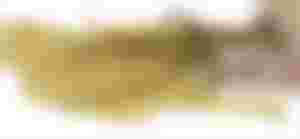
They are certainly not harmful, and do indeed provide a good, rounded diet. But if you feed in the traditional seeds-and-extras way, you don’t need pellets. Claims that a pellet diet can lengthen a bird’s life should be treated with the cynicism they deserve.
Editor:Tariq Shahzad (zoologist)
